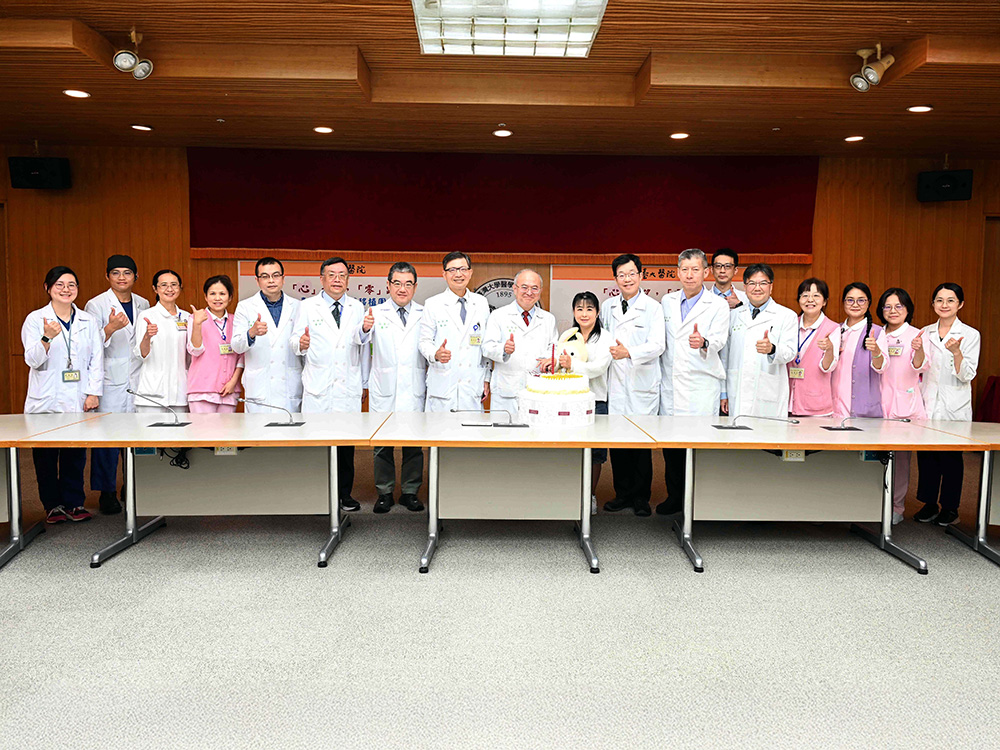
A Distinguished Global Research Center Established at NTU under Trilateral Cooperation
瀏覽器版本過舊,或未開啟 javascript
請更新瀏覽器或啟用 javascript
Spotlights
Using the newly developed microscopy framework, researchers can stably and simultaneously record neural activity from over 100 neurons within any targeted brain region over extended periods—for example, the suprachiasmatic nucleus (SCN), the circadian clock center located at the base of the hypothalamus in mice.
The research team, third from the right is the first author of the article, Dr. Po-Ting Yeh of NTU’s Department of Life Science.
The human “biological clock” governs rhythms of sleep, metabolism, and mood. Within the brain, the suprachiasmatic nucleus (SCN) serves as the central controller of this clock system. While previous studies have shown that circadian gene expression changes in SCN neurons in response to light and jet lag, how the neuronal circuitry of the SCN reacts to light in order to mediate phase shifts has long remained an open question in neuroscience.
A research team led by Prof. Shih-Kuo Chen from the Department of Life Science at National Taiwan University, in collaboration with Prof. Shih-Wei Chu from the Department of Physics, and Prof. Shun-Chi Wu from the Department of Biomedical Engineering and Environmental Sciences at National Tsing Hua University (NTHU), developed a method combining two-photon microscopy with GRIN lens technology. Using this approach, the team was able—for the first time—to observe real-time light responses of SCN neurons at the base of the brain in live mice. They found that these responses were not fixed but instead showed highly dynamic changes over time. This breakthrough study was published in Nature Communications in 2025.
The team found that SCN neurons could be categorized into three groups: one group was stably activated at specific time points; a second group was consistently suppressed at other times; and the majority of neurons showed different light response patterns depending on the time and context. These findings challenge the traditional view of the circadian clock as a simple “linear hierarchical” signal processing center and instead suggest a “bistable dynamic network model” similar to high-level decision-making systems. This model can determine whether or not to trigger circadian adjustment depending on time and environmental input.
Using chemogenetic methods, the team selectively activated a group of SCN neurons that respond to light only during the night. Remarkably, they found that these neurons could induce phase delays not only at night but at any time of day, suggesting that this group acts as a key “switch” for resetting the biological clock. Future studies that track the molecular features and connectivity of these “key neurons” may open a new chapter in the study of circadian regulation and could even accelerate the human ability to adapt to jet lag.
This research outcome was made possible through long-term collaboration among NTU’s Departments of Life Science, Department of Physics, and NTHU’s Department of Biomedical Engineering and Environmental Sciences. It serves as an outstanding example of how interdisciplinary teams can drive scientific advancement. The study not only offers a new direction for understanding circadian regulation, but also provides a new tool for neuroscience research. It is hoped that insights into the operation of neural circuits in animal brains will open new opportunities for developing artificial neural circuits.
Full text can be found at the link: https://www.nature.com/articles/s41467-025-58661-1

A Distinguished Global Research Center Established at NTU under Trilateral Cooperation

NTU and Ministry of Environment Sign MOU to Advance Net-Zero Transition and Environmental Resilience

NTU Hospital’s Cardiac Transplant Team Pioneers Beating Heart Transplant with Zero Ischemic Time

Study of a male Denisovan from Taiwan published in Science

NTU ranks Top 50 in 7 subjects in 2025 QS Subject Rankings
Current Spotlights